Disclosure: This article contains affiliate links. We may earn a commission from purchases at no extra cost to you, which helps our travel content.
Standing at the edge of Höfn's volcanic shoreline, where obsidian sand meets the thundering North Atlantic, I'm reminded of the Japanese concept of ma — the powerful space between things. Here in southeastern Iceland, it's the dramatic contrast between the midnight-black beaches and crystalline ice fragments that creates a landscape so surreal it feels plucked from another planet. After visiting coastlines across four continents, I can confidently say that nothing prepares you for your first glimpse of Iceland's diamond beach, where glacial ice chunks glitter like jewels against their ebony canvas.
The Volcanic Canvas: Höfn's Black Sand Beaches
The first time I felt Iceland's black sand between my toes, I understood why locals consider these shores sacred. Unlike the golden beaches of my childhood summers in Okinawa, Höfn's coastline tells the raw story of fire meeting water — volcanic eruptions whose ash and lava fragments were pulverized by relentless waves into fine, midnight-colored sand.
The most accessible black sand beach near Höfn is Djúpivogur, about an hour's drive east. What makes this spot special is its relative solitude compared to the more famous Reynisfjara near Vik. My partner and I spent a misty morning collecting perfectly smooth black stones while watching seabirds dive for breakfast.
The sand here isn't just visually striking — it's significantly heavier than typical quartz sand, and its mineral content gives it a fascinating sparkle in certain light. I recommend bringing a quality thermal flask filled with hot chocolate or coffee. There's something magical about warming your hands with a steaming drink while watching waves crash against this moody, monochromatic landscape.
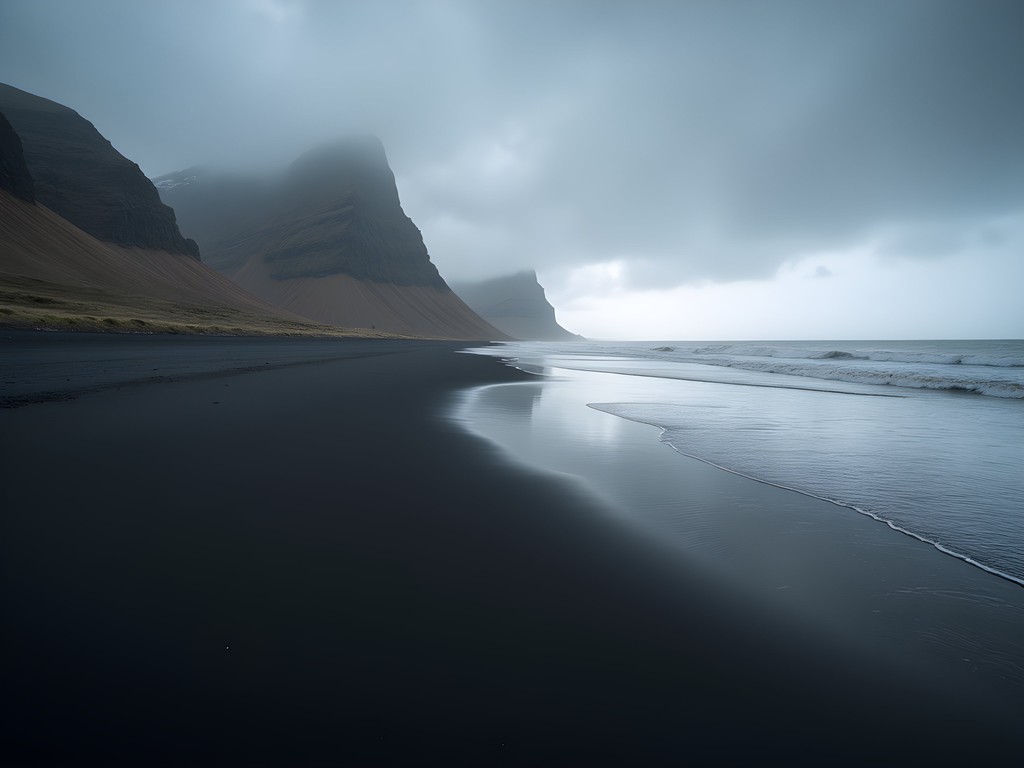
💡 Pro Tips
- Visit during low tide when the beach expanse is greatest
- Bring waterproof boots as the weather changes rapidly
- Never turn your back to the ocean — sneaker waves are common and dangerous
Diamond Beach: Nature's Ice Gallery
Just 45 minutes west of Höfn lies Jökulsárlón Glacier Lagoon and its adjacent Diamond Beach (Breiðamerkursandur), arguably Iceland's most photogenic coastal phenomenon. Here, icebergs calved from the Breiðamerkurjökull glacier float through the lagoon and wash ashore, creating nature's most ephemeral sculpture garden.
On my first visit, I arrived just after sunrise to find the beach nearly empty. Each ice chunk — some small as fists, others large as cars — had been polished by the sea into translucent sculptures that caught the morning light like prisms. Against the black sand, they appeared to glow from within.
For couples seeking a truly memorable experience, I recommend packing a small picnic set with Icelandic provisions (smoked salmon, rye bread, and skyr) for an intimate beach picnic unlike any other on earth. Just be prepared for changeable weather — I've seen sunshine turn to sideways rain in minutes.
Photography enthusiasts should bring hand warmers to keep camera batteries functioning in the cold. The contrast between ice and black sand creates challenging exposure conditions, so bracketing your shots is essential.

💡 Pro Tips
- Visit at sunrise or sunset for the most dramatic lighting on the ice
- Never climb on the ice fragments — they can shift unexpectedly
- Check tide times as more ice typically washes ashore during retreating tides
Stokksnes Peninsula: Mountains Meet the Sea
Perhaps my favorite coastal landscape near Höfn is the Stokksnes Peninsula, dominated by the imposing Batman Mountain (Vestrahorn). This 454m peak creates one of Iceland's most dramatic backdrops as it rises directly from black sand dunes rippled by persistent winds.
Unlike the tourist-heavy spots elsewhere in Iceland, Stokksnes remains relatively quiet. It's privately owned land, requiring a small entrance fee (about 800 ISK per person), but the modest cost keeps crowds manageable and helps maintain the pristine environment.
The peninsula features expansive black sand beaches with natural dunes covered in swaying European beach grass. During my last visit, my partner and I spent hours photographing the constantly changing light on the mountain while Arctic terns performed aerial acrobatics overhead.
For this location, I strongly recommend waterproof overpants or rain pants. The combination of wind, sand, and frequent rain squalls makes standard hiking pants insufficient. I've learned this lesson the hard way!
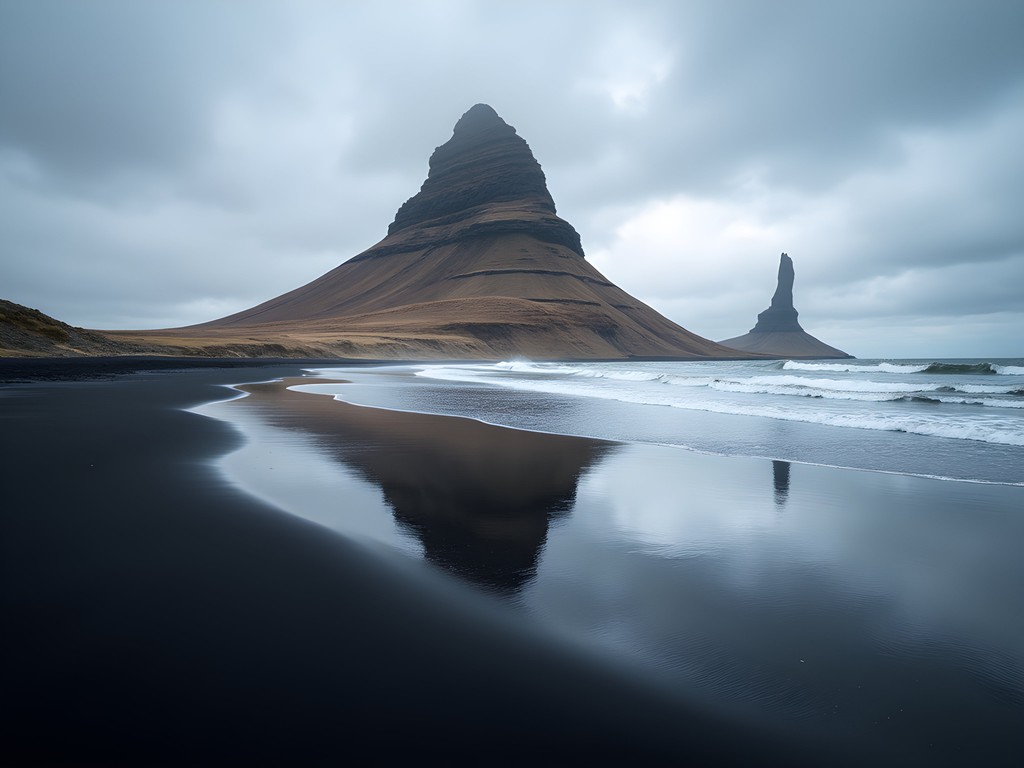
💡 Pro Tips
- Visit during incoming tide when the wet sand creates perfect reflections of the mountains
- Bring Icelandic króna for the entrance fee as card payment isn't always reliable
- Allow at least 2-3 hours to properly explore the peninsula's varied landscapes
Local Seafood & Coastal Culture
Between beach explorations, Höfn offers a perfect introduction to Iceland's coastal cuisine. The town is known as the langoustine capital of Iceland, and after a day of battling wind and weather on the beaches, there's nothing more satisfying than warming up with a steaming bowl of langoustine soup.
Pakkhús restaurant, housed in a converted warehouse on the harbor, serves my favorite version — rich with cream and herbs gathered from nearby coastal fields. The large windows offer views of the fishing boats that likely caught your dinner that morning.
While exploring Höfn's harbor, you'll notice the deep connection between local culture and the sea. Fishing remains the economic backbone, and conversations with locals often reveal fascinating stories about changing coastlines and weather patterns. My background in linguistics comes in handy here — while most Icelanders speak excellent English, learning a few basic Icelandic phrases opens doors to more authentic exchanges.
After dinner, I recommend bringing a insulated wine tumbler filled with local craft beer or hot tea for a sunset stroll along the harbor. The light in Iceland has a quality I've found nowhere else — particularly during the golden hours when the low sun illuminates the surrounding mountains and glaciers.
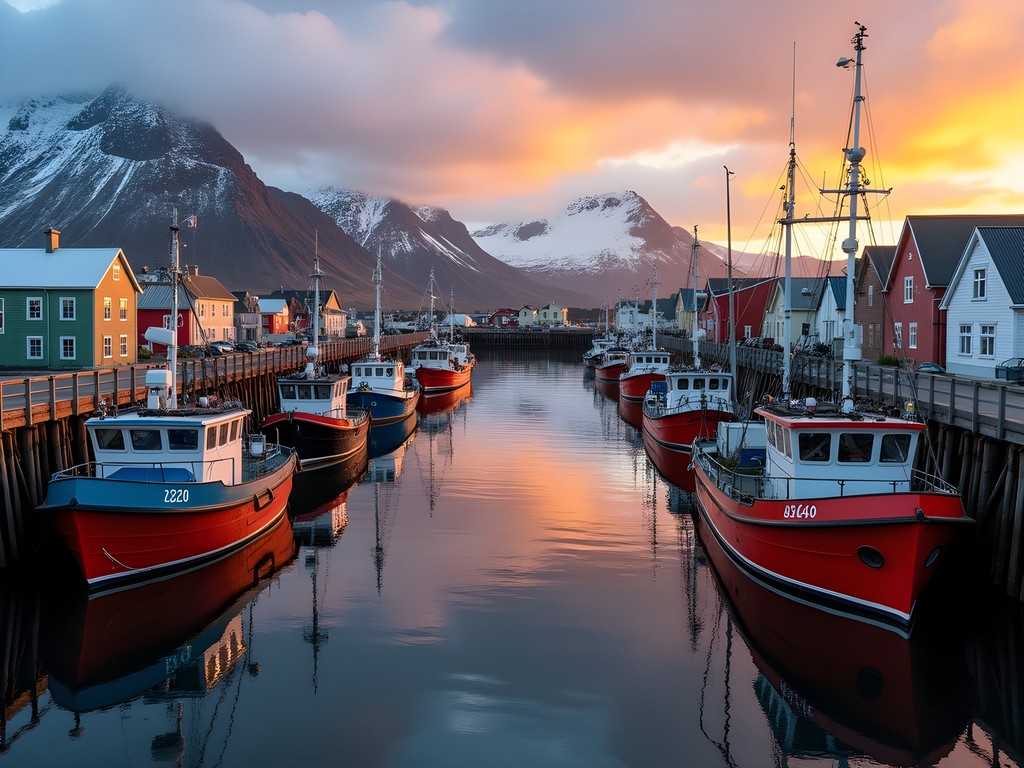
💡 Pro Tips
- Try the langoustine soup at least once — it's a regional specialty
- Ask locals about recent ice conditions before heading to Diamond Beach
- Learn basic Icelandic greetings to connect more authentically with residents
Final Thoughts
As I reluctantly board my flight from Höfn's tiny airport, I carry with me not just photographs but the tactile memory of black sand sifting through my fingers and the sound of ice sculptures crackling in the surf. There's a Japanese concept called mono no aware — the bittersweet awareness of impermanence — that perfectly captures what makes these beaches so profound. The ice sculptures that dazzle today will be gone tomorrow, reshaped by tide and temperature into new forms.
Iceland's southeastern coast offers couples a rare opportunity to witness nature at its most artistic and dramatic. In a world where so many beaches have become commercialized or overcrowded, Höfn's coastal landscapes remain raw, powerful, and transformative. Whether you're marking a special anniversary or simply seeking to share wonder with someone you love, these shores will imprint themselves on your relationship as surely as the tide leaves its mark on sand. Come prepared for Iceland's mercurial weather, but open to moments of unexpected beauty that no guidebook can adequately describe.
✨ Key Takeaways
- Höfn provides access to three distinct coastal landscapes: traditional black sand beaches, the ice-strewn Diamond Beach, and the mountain-backed shores of Stokksnes
- Weather changes rapidly in southeastern Iceland — dressing in layers and bringing waterproof gear is essential year-round
- The interplay of volcanic landscape and glacial ice creates photographic opportunities unlike anywhere else on earth
📋 Practical Information
Best Time to Visit
Year-round, though summer (June-August) offers milder weather and midnight sun, while winter (November-February) provides northern lights possibilities
Budget Estimate
$150-250 USD per day for a couple (accommodation, car rental, food)
Recommended Duration
2-3 days minimum to explore the varied coastal landscapes
Difficulty Level
Beginner To Moderate (Weather Conditions Can Increase Difficulty)

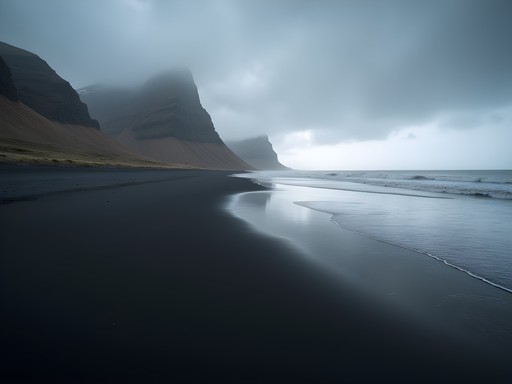


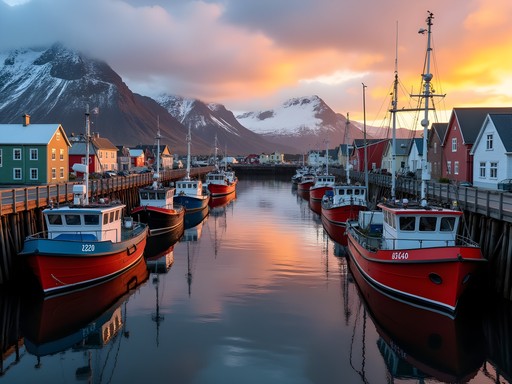


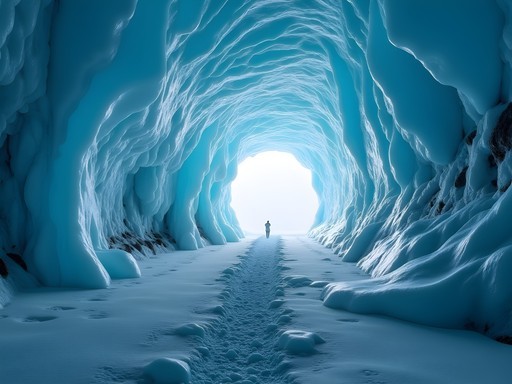

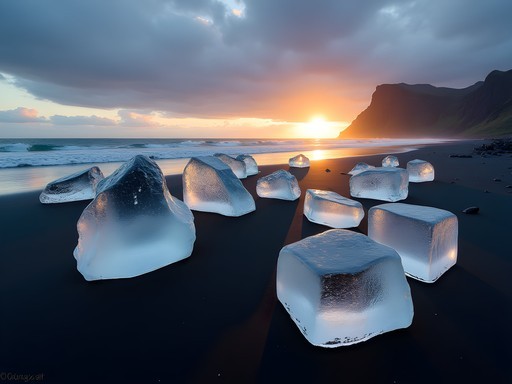
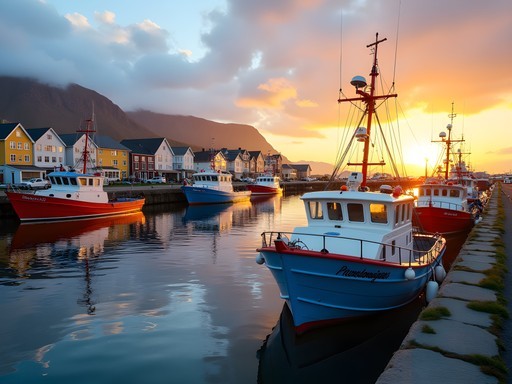


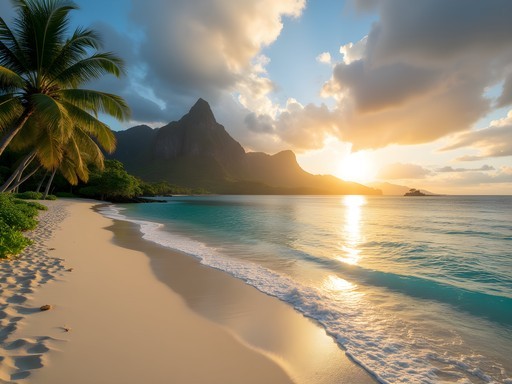
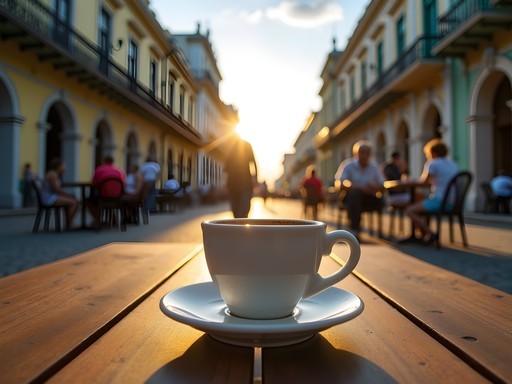
Comments
beachwanderer
Those ice diamonds against black sand... pure magic! Best photos I've seen of this place.
freehero
This looks amazing! I'm planning my first Iceland trip for next year. How difficult is it to get to these beaches from Reykjavik? Is renting a car essential or are there tours that cover these spots? The black sand and ice chunks look like something from another planet!
sunnywalker
Definitely rent a car! Höfn is about 5-6 hours from Reykjavik, but the drive along the south coast is part of the experience. So many waterfalls and views along the way!
Frank Garcia
Hunter, your piece captures the otherworldly quality of Höfn's coastline brilliantly. As someone who's extensively backpacked around Iceland, I'd add that the juxtaposition between Stokksnes peninsula and Vestrahorn mountain creates one of Iceland's most dramatic photography locations. For budget travelers: there's a small camping area near Höfn with facilities that's much more affordable than hotels. Also worth noting that the road to Stokksnes is private land with a small access fee (about 900 ISK when I visited) - but absolutely worth it for those landscape shots. Did you make it to the Viking village film set nearby?
coolbackpacker
How many days would you recommend staying in Höfn to see everything properly? Planning my trip for next spring!
Frank Garcia
@coolbackpacker I'd say 2-3 days minimum. One full day for Diamond Beach and Jökulsárlón Glacier Lagoon (they're close to each other), another for Stokksnes Peninsula and the surrounding areas. The third day gives you flexibility for weather issues or to explore the local food scene - don't miss the langoustine!
greenadventurer
Just got back from Iceland last month and Höfn was definitely a highlight! We stayed at a small guesthouse near the harbor and ate langoustine every night (so good but not cheap!). The black sand beaches were even more impressive in person. One tip: wear waterproof shoes when exploring Diamond Beach - I got soaked trying to get that perfect ice crystal shot when a wave snuck up on me. My waterproof phone case literally saved thousands of vacation photos!
Jean Wells
Hunter, your reference to the Japanese concept of 'ma' resonated deeply with me. Having lived in Yokohama for 15 years, I understand that powerful space between elements. Iceland's landscapes embody this perfectly. When I visited Höfn last winter, the diamond beach was transformed - fewer tourists and the ice formations were more dramatic against the volcanic sand. Did you find the crowds manageable in summer? I'd recommend visiting at sunrise when the light catches the ice sculptures in ways that defy photography.
beachwanderer
Is winter really doable for non-experienced travelers? Always wanted to see those ice formations!
Jean Wells
@beachwanderer Absolutely! Just prepare properly. The roads to Höfn are well-maintained, but I'd recommend a 4WD and staying flexible with your itinerary due to weather. The shorter daylight hours actually make photography easier - you get extended golden hours!
sunnywalker
Those black sand beaches are unreal! Your photos really capture the contrast.
rednomad
Great post! If anyone's heading to Höfn, don't miss the local langoustine festival if you're there in June. We stumbled upon it last year and the seafood was incredible. Also, the hike up to the viewpoint over Stokksnes that Hunter mentioned is totally worth it, but bring waterproof boots - the path gets super muddy even in summer.
redblogger
Those ice chunks look like diamonds for real! Great photos!
luckynomad
Planning to visit next summer! Is July a good time to see both the black sand and ice formations?
rednomad
I went last July and there were way fewer ice chunks than in Hunter's winter photos, but still some smaller pieces. The midnight sun made up for it though - you can photograph the beaches at 11pm in gorgeous light!
luckynomad
Thanks for the info! Midnight sun photography sounds amazing!
Claire Hawkins
Hunter, your post brought back such vivid memories of our family trip to Höfn last year! My kids were absolutely mesmerized by Diamond Beach - they called it 'jewel hunting' as they carefully examined each ice chunk. For families considering this trip: bring extra clothes for the little ones. My 6-year-old was so enchanted by the waves that he got completely soaked despite our warnings! The black sand gets EVERYWHERE but creates the most magical backdrop for family photos. We stayed at a small guesthouse with views of the harbor and watched fishing boats come in each evening. Seeing the seafood journey from boat to plate at local restaurants was an unexpected highlight for the children.
Venture X
Premium card with 2X miles, $300 travel credit, Priority Pass